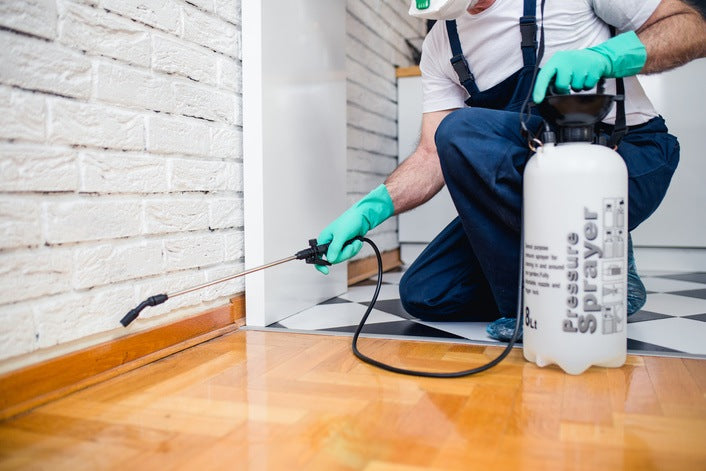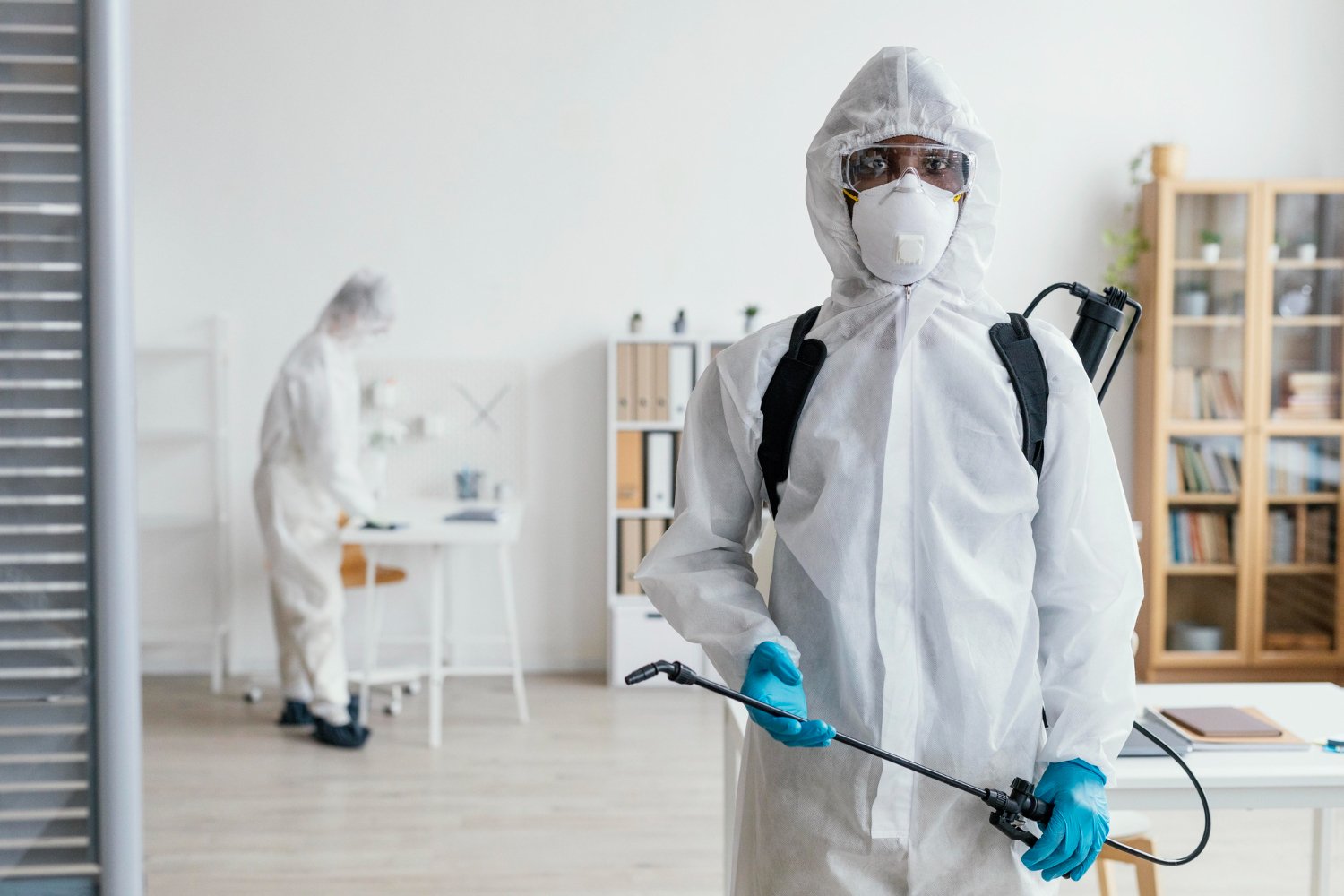Avoid Future Infestations with Services from Pest Control Lockhart
Avoid Future Infestations with Services from Pest Control Lockhart
Blog Article
Discovering Infestation and Therapy Methods on the planet of Pest Control
The landscape of parasite control incorporates a myriad of obstacles, especially as infestations of common house insects remain to advance. Understanding the habits and reproductive patterns of these nuisances is vital for establishing efficient therapy approaches. By integrating safety nets with advanced monitoring techniques, such as Integrated Pest Administration (IPM), property owners can much better guard their atmospheres. The efficiency of these methods may vary considerably based on certain situations. What hidden aspects add to the success or failure of these approaches in different settings?

Usual Household Pests
When it pertains to handling our space, recognizing usual house pests is essential. These insects not only disrupt our comfort but can also position health and wellness dangers and damage home. The most common home insects include ants, cockroaches, rats, termites, and bed pests.
Ants, typically seen foraging in kitchens, can infect food and establish large swarms. Rodents, consisting of mice and rats, can cause architectural damage and lug diseases like hantavirus and salmonella.
Identifying the indications of these pests, such as droppings, nests, or attack marks, is important for very early intervention (Pest Control Lockhart). Correct cleanliness techniques, sealing access points, and keeping a clutter-free environment are reliable preventative steps. By recognizing these typical house insects and comprehending their actions, property owners can take proactive steps to reduce infestations, making certain a much healthier living setting
Comprehending Pest Infestations
Bug problems can rise promptly, transforming a small annoyance into a significant problem if not dealt with immediately. Typical aspects adding to invasions consist of bad cleanliness, structural vulnerabilities, and seasonal modifications that drive insects indoors.
Identifying the type of pest is important, as different species exhibit diverse actions and reproductive prices. As an example, rodents may establish nests in hidden locations while insects like cockroaches grow in wet settings. Early discovery typically hinges on recognizing indicators such as droppings, chomp marks, or unusual sounds, which can show an issue before it becomes extreme.
Environmental conditions additionally play a crucial role in parasite expansion. Warm, moist climates can facilitate the quick growth of pest populaces, while changes in landscape design or building can inadvertently develop favorable environments. Consequently, regular evaluations and preventative steps are paramount to minimizing the risk of problems. An enlightened method to recognizing these dynamics prepares for effective bug monitoring techniques in the future.
Treatment Techniques and Methods
Reliable treatment methods and methods are necessary for minimizing pest problems and restoring a secure environment. A multifaceted method is usually best, incorporating chemical, organic, and mechanical methods customized to the particular pest and the extent of the problem.
Chemical treatments include the use of insecticides and herbicides, which can efficiently get rid of insects. Correct application and adherence to safety and security standards are vital to decrease threats to people and non-target organisms. Integrated Insect Management (IPM) encourages the judicious usage of chemicals as a last hope, counting rather on tracking and threshold degrees to establish treatment requirements.
Biological control approaches include presenting natural predators or bloodsuckers to reduce pest populations. This approach is increasingly preferred, especially in farming setups, as it promotes ecological sustainability.
Mechanical methods, such as catches and barriers, supply immediate alleviation from pests without presenting chemicals. Options consist of sticky traps for bugs or physical obstacles for rodents.
Inevitably, the choice of therapy method must consider the certain pest, the atmosphere, and potential effects on human wellness and environments. A well balanced my blog combination of these methods can effectively handle problems while promoting long-lasting bug control solutions.
Safety Nets for Homes
Proactively dealing with parasite issues before they intensify is essential for maintaining a healthy home atmosphere (Pest Control Lockhart). Applying reliable safety nets can dramatically reduce the possibility of invasions, inevitably guarding both your home and wellness

Appropriate landscape design likewise plays a vital function in avoidance. Keeping shrubs and trees trimmed away from your home lowers the opportunities of parasites finding their means inside. In addition, make sure that drainage systems are functioning successfully to protect against standing water, which can attract in mosquitoes and other pests.
Finally, routine inspections are suggested. Consistently inspecting for dig this signs of parasite task enables very early intervention. By adopting these preventative steps, homeowners can develop an atmosphere that is much less welcoming to insects, therefore improving their total lifestyle and reducing the demand for comprehensive parasite control interventions.
Business Insect Control Strategies
A detailed approach to industrial pest control is necessary for companies intending to maintain a risk-free and sanitary environment. Efficient strategies include a mix of regular assessments, employee training, and the implementation of Integrated Pest Administration (IPM) techniques.
Routine assessments enable early discovery of parasite activity, permitting prompt treatment. Companies must create a routine schedule for these evaluations, concentrating on risky areas such as kitchens, storeroom, and garbage disposal sites. Employee training is similarly vital; team should be educated on the indications of bug problems and the relevance of reporting them instantly.
Carrying out IPM methods aids minimize pest issues sustainably. This includes habitat modification, such as sealing entry points and reducing clutter, as well as employing natural deterrents before resorting to chemical treatments.

In addition, teaming up with a licensed pest control service provider guarantees access to expert knowledge and innovative therapy alternatives. This collaboration can result in personalized insect control plans customized to the details demands of business, lessening dangers and enhancing overall efficiency. Eventually, a positive and informed approach cultivates a pest-free atmosphere, protecting both public health and organization online reputation.
Final Thought
In final thought, reliable insect control demands a detailed understanding of common home pests and their habits, paired with targeted treatment techniques. Applying precautionary procedures alongside treatment methods such as Integrated Pest Administration and organic control boosts the ability to reduce invasions.
Report this page